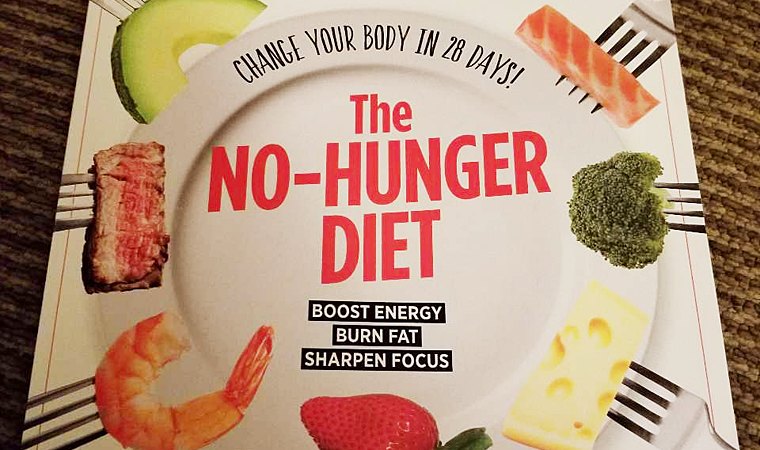
Have you noticed how many television ads for food are followed by ads for weight-loss programs? No sooner has the jumbo-sized 16-cheese eight-meat pizza filled the screen then it is immediately followed by tantalizing images of pizza, hamburgers, pasta and chocolate deserts from Jenny Craig, Nutri-Light or Miracle Fat Burner. And the sales pitch of virtually every diet plan? The ability to go right on “eating your favorite foods.”
Whether for pleasure or for weight loss, the diet of the average American is essentially the same. Food and restaurant ads focus on big portions for a very low price; diet programs do the same. The marginal difference is based on marketing gimmicks like “correct carbs” or “fat blockers.” Accordingly, 85 percent of the people who lose weight on diet programs gain it back, and more, within a year or two; statistics show that almost every diet plan fails. We want our diet cake, and we want to eat it too!
Those of us who have lost weight and kept it off know that feeling hungry is what losing weight requires. Hunger comes and goes; the degree to which we pay attention to it has bearing on how important it becomes. At 58 years old, my hips and knees give me some pain from time to time. It comes and goes. Sometimes I get tired; it, too, comes and goes. The same is true of hunger, though we are far less tolerant of hunger.
Hunger can be differentiated between physical hunger and psychological hunger. Physical hunger comes and goes, but at some point, it does not go away until it is satisfied. Psychological hunger comes and goes, but its satisfaction is harder to predict. A combination of taste, texture, flavor and feelings of “fullness,” psychological hunger can also include craving comfort. Eating is among the first and most profound experiences of our infancy. It combines the comfort of being held, fed, cuddled, satisfied and feeling safe. We carry these needs with us into adulthood, and if they are not met, we often use food as an associative tool to capture a sense of wellness. When our needs for security, safety and love are not satisfied, we often eat to defer depression, loneliness or boredom.
Thus, it seems that eating and losing weight are not primarily about food, but about the feelings that accompany it. It is by exploring these feelings and gaining understanding of them that real wisdom about food and weight loss can arise. One can begin by simply observing hunger for a while. What feelings emerge as hunger grows; confusion, irritation, nervousness, even fear? One finds that none of these is life-threatening, and this discovery, in and of itself, is the beginning of dietary wisdom.
From there one can explore all kinds of things, like what it feels like to eat something with little or no flavor, or eating a small bit of food every waking hour for a full day or two, and observing how that feels. We stave off hunger so easily that most of us have become unfamiliar with it. Yet, as with all other things, observing hunger changes our relationship to it.
Learning about hunger, then, is learning about our selves, and a diet of self-knowledge is what we call food for the soul.